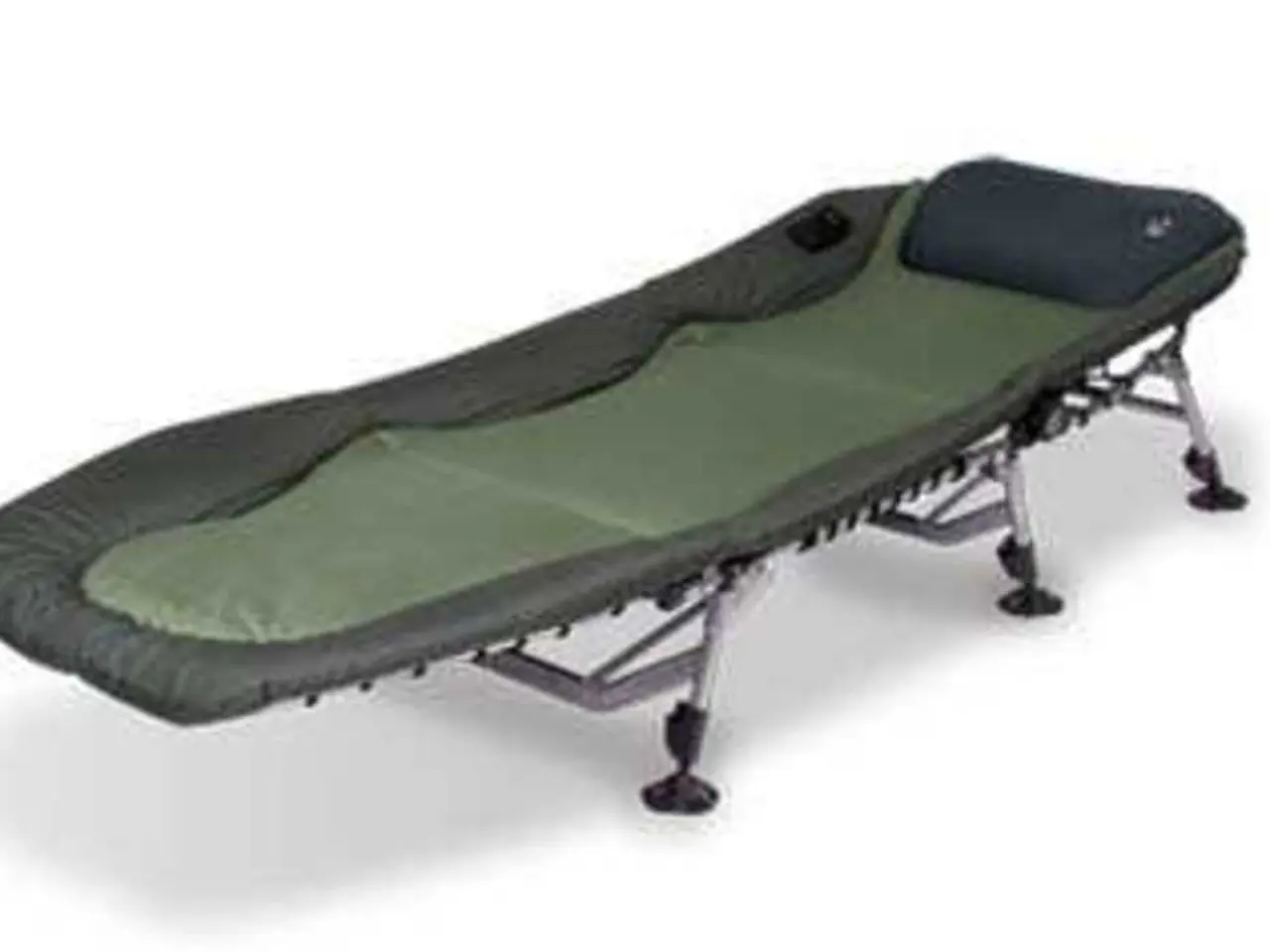Exercises, Postures, and Advantages for Managing Ankylosing Spondylishis
Ankylosing spondylitis (AS), a type of inflammatory arthritis, affects the spine, joints, tendons, ligaments, eyes, and bowel. This condition can lead to stiffness, pain, and potential fusion of the spine, making it crucial for individuals with AS to maintain strength, flexibility, and good posture through exercise and posture control.
Regular stretching is essential to maintain flexibility and reduce stiffness. These exercises can help improve range of motion and reduce pain. Aerobic exercises, such as walking, cycling, or swimming, are recommended to improve cardiovascular health. Low-impact activities are particularly beneficial for individuals with AS, as they help avoid excessive strain on joints.
Strengthening exercises, like yoga or resistance training, can support the body by reducing pressure on joints and improving posture. The bridge exercise and the superman exercise are particularly beneficial for strengthening the core muscles, glutes, upper and lower back, and hips.
Supervised exercise programs, including neuromuscular training and combined exercise routines, have been shown to be effective in managing axial spondyloarthritis. These structured programs can help tailor exercises to individual needs and capabilities. High-Intensity Interval Training (HIIT) has also shown benefits in improving cardiovascular fitness and symptoms in patients with inflammatory arthritis.
Breathing exercises, which move the ribs and help with breathing, are also important for individuals with AS. Maintaining good posture is not only about being aware of and trying to straighten the posture during daily activities but also about exercising regularly, adding specific core strengthening exercises to the routine, and doing these exercises two to four times a week.
It's essential to consult with healthcare professionals to work out a personalised exercise plan that suits individual symptoms and physical limitations. Low impact but competitive sports, such as badminton, may be good options for people with AS.
In summary, exercise and posture control are vital aspects of treating AS. By following a combination of exercises, including stretching, cardiovascular exercises, muscle strengthening, and balance exercises, individuals with AS can enhance their strength, balance, and flexibility, relieve symptoms, and manage the condition in a safe manner.
- Personas with ankylosing spondylitis (AS), a type of inflammatory arthritis, should establish a routine of regular stretching to maintain flexibility and reduce stiffness.
- Aerobic exercises like walking, cycling, or swimming can aid in improving cardiovascular health for individuals with AS, while low-impact activities are more suitable to avoid excessive strain on joints.
- Strengthening exercises such as yoga or resistance training can provide support by reducing pressure on joints and improving posture, even for people with AS.
- Exercises like the bridge exercise and the superman exercise are particularly beneficial for strengthening core muscles, glutes, upper and lower back, and hips for those with AS.
- Supervised exercise programs, incorporating neuromuscular training and combined exercise routines, have proven effective in managing axial spondyloarthritis and can be tailored to individual needs and capabilities.
- High-Intensity Interval Training (HIIT) has shown benefits in improving cardiovascular fitness and symptoms in patients with inflammatory arthritis, including those with AS.
- Breathing exercises are important for individuals with AS, as they help move the ribs and aid with breathing, in addition to maintaining good posture.
- Mental health, fitness and exercise, nutrition, and chronic-conditions such as other joint pain, chronic-kidney-disease, COPD, type-2-diabetes, rheumatoid-arthritis, and health-and-wellness should also be taken into account in the exercise plan alongside sports, to ensure a holistic approach towards managing AS and staying fit.




